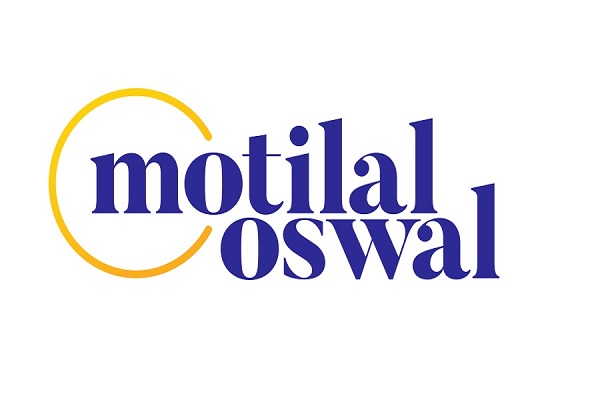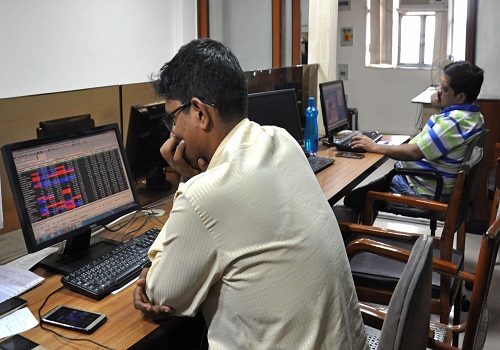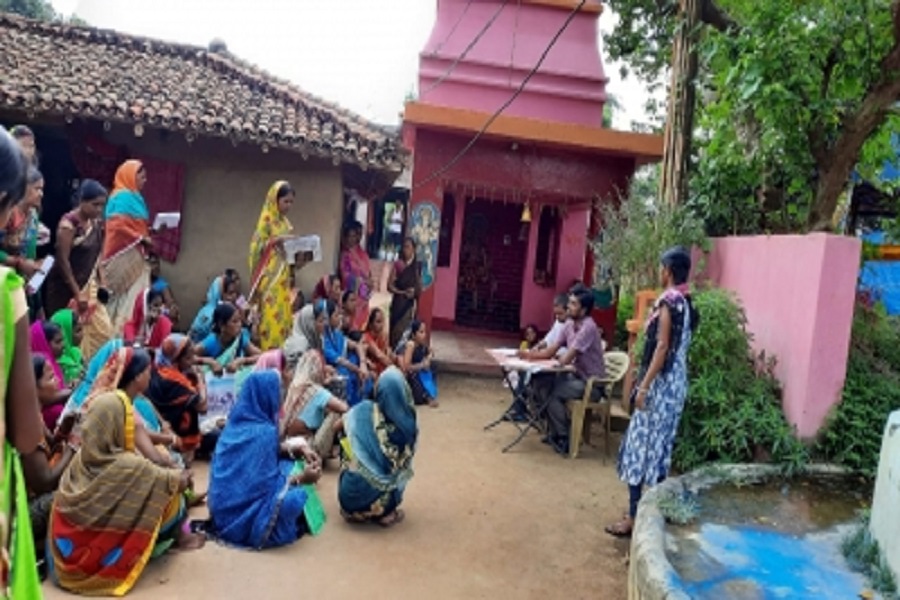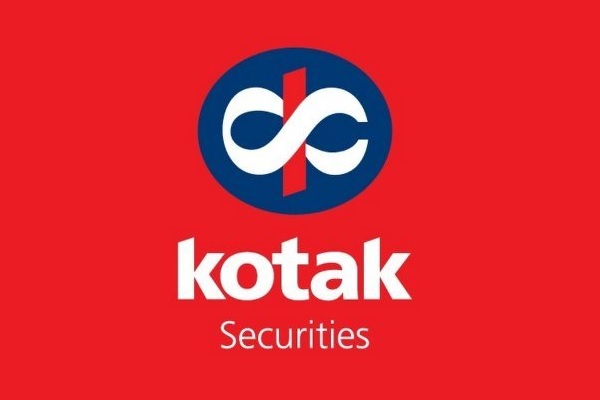Agri Commodity Technical Report 18 March 2025 - Geojit Financial Services Ltd

MARKET NEWS/UPDATES
* The sowing of summer crops in Gujarat fell 14% on year to 567,062 hectares as of Monday from 659,770 hectares sown in the corresponding period last year, according to a report released by the state agriculture department. Paddy acreage rose 40% on year to 123,205 hectares from 87,870 hectares last year.The acreage under bajra fell to 100,582 hectares from 140,290 hectares sown a year ago, the report showed. Similarly, the area sown under maize was 4,385 hectares, down from 5,394 hectares a year ago. In Gujarat, summer crops are sown in February and March, and harvested in May and June. Bajra, paddy, sesamum, and moong are the main crops grown in the state during the summer. Acreage of moong in the state fell to 20,059 hectares from 28,578 hectares last year, and that of urad also fell to 9,332 hectares from 15,183 hectares a year ago, according to the report.The area sown under groundnut so far was 24,292 hectares, down from 34,573 hectares a year ago, the report showed. The acreage under sesame also fell to 59,461 hectares from 76,334 hectares last year. Acreage of onions fell to 5,591 hectares from 7,542 hectares, and the area sown under vegetables was 57,575 hectares, down from 66,228 hectares last year. On the other hand, the area sown under sugarcane rose to 9,207 hectares from 8,508 hectares a year ago, according to the report.
* Sowing of rabi crops in Andhra Pradesh touched 1.9 million hectares as of Wednesday, up 10.5% on year from 1.7 million hectares sown in the same period last year, according to a report released by the state agriculture department. Paddy acreage rose by 17.2% on year to 660,000 hectares from 563,000 hectares a year ago. The acreage under maize was 181,000 hectares, up from 152,000 hectares last year, the report showed. On the other hand, the acreage under jowar fell to 75,000 hectares from 96,000 hectares a year ago. In Andhra Pradesh, rabi crops are sown after the monsoon and harvested between April and May. The rabi crops majorly grown in the state include paddy, maize, Bengal gram or desi chana, urad, and groundnut. For the ongoing season, the state has set a sowing target of 2.31 million hectares, of which nearly 80% has been achieved so far, according to the report. Chana acreage in the state so far remained unchanged at 301,000 hectares, according to the report. The acreage under black gram, or urad, rose to 278,000 hectares from 266,000 hectares last year. The total area sown under all pulses was 735,000 hectares, up from 669,000 hectares sown a year ago. The total area under all oilseeds fell to 70,000 hectares from 103,000 hectares sown the previous year, the report showed. The acreage under groundnut was 52,000 hectares, down from 68,000 hectares a year ago. Tobacco acreage in the state so far rose to 120,000 hectares from 78,000 hectares sown in the corresponding period last year.The paddy crop is at the 'tillering to harvesting' stage, the report said. Jowar is at 'maturity to harvesting' stage, while maize is at 'grain filling to harvesting' stage. All pulses are in the harvesting stage, while horsegram, or kulthi dal, has been harvested. Groundnut is at 'flowering to harvesting' stage. The water level in reservoirs across Andhra Pradesh was 49.7% of the live storage capacity as of Monday, compared to 27.8% a year ago, according to the state's water resources department.
* The agriculture ministry has sanctioned a record 4.5 million tonnes of pulses procurement under the price support scheme for the 2024-25 marketing season, the Financial Express reported on Monday. This decision comes as mandi prices remain below the minimum support price due to robust crop prospects, the report said. According to officials, pulses, including tur, urad, masur, chana, and moong will be procured under price support scheme from major growing states like Karnataka, Maharashtra, Madhya Pradesh, Uttar Pradesh, Chhattisgarh and Tamil Nadu, the report said. Officials highlighted that this is an all-time high sanction, driven by the government's commitment to purchase 100% of tur, urad, and masur under the scheme.This has encouraged states to seek higher procurement. However, only Rajasthan has submitted a procurement proposal so far for chana. Procurement agencies like National Agricultural Cooperative Marketing Federation of India and the National Cooperative Consumers Federation are coordinating with state agencies to replenish stocks. For the ongoing kharif season, 1.32 million tonnes of tur has been sanctioned, with 140,000 tonnes already procured.
* The National Agricultural Cooperative Marketing Federation of India procured 2.91 million tonnes of oilseeds as of Wednesday, slightly more than the 2.89 million tonnes purchased as of Mar. 2, according to data by the central procurement agency released on Friday. So far, NAFED has procured 53% of the total 5.48 million tonnes approved by the government under the price support scheme.
* Mills have dispatched 150,834 tonnes of sugar to ports as of Tuesday in 2024-25 (Oct-Sep), All India Sugar Trade Association said in a release Monday. The government has allowed sugar mills to export 1 million tonnes in 2024- 25.
For More Geojit Financial Services Ltd Disclaimer https://www.geojit.com/disclaimer
SEBI Registration Number: INH200000345






















